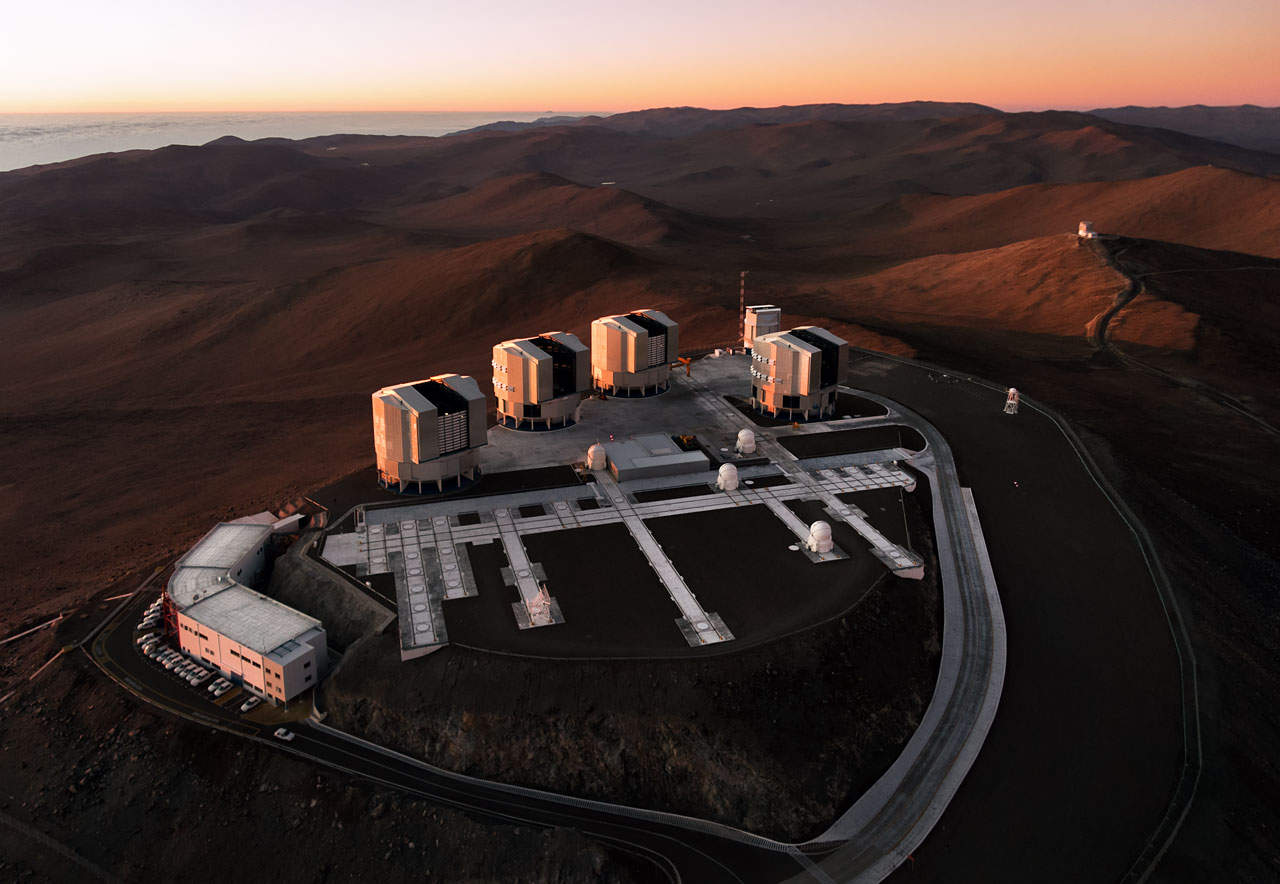Nelson “basically optimistic” about NASA’s future in the next administration

WASHINGTON — The outgoing administrator of NASA says he is “basically optimistic” about the future of the agency under the person proposed by President-elect Donald Trump to be his successor despite the strong possibility of significant changes to Artemis.
During a Dec. 5 briefing where agency leadership provided an update on plans for the Artemis 2 and 3 missions to the moon, NASA Administrator Bill Nelson said he had spoken briefly with Jared Isaacman, who Trump announced the previous day he planned to nominate to lead the agency.
“I look forward to having a meeting with him, invited him to come,” Nelson said of his conversation with Isaacman. That call took place the same day as Trump’s announcement, which meant he did not discuss the changes in the Artemis schedule that agency leaders formally approved at a meeting Dec. 5.
Nelson did not discuss the details of that conversation or what advice he might offer Isaacman in their later meeting. “I would not presume to share that here,” he said at the briefing. “I think we are handing to the new administration a safe and reliable way forward for us, which is to go back the moon and get there before China.”
There is a widespread expectation, though, that the next administration will at least attempt to alter the current Artemis architecture, in particular its use of the Space Launch System rocket, Orion spacecraft and lunar Gateway. Problems with the Orion heat shield on Artemis 1 contributed to significant delays in the first crewed mission, Artemis 2, with NASA announcing at the briefing the launch had slipped to April 2026.
Isaacman, for example, endorsed in October an op-ed by Michael Bloomberg that sharply criticized Artemis, including SLS and Orion. “These points are not new, and I agree with most of them,” Isaacman wrote, blaming problems with Artemis on “getting the best product at the lowest price due to excessive consolidation among defense and aerospace players.”
Isaacman’s close ties to Elon Musk — Isaacman paid for, and commanded, two SpaceX private astronaut Crew Dragon missions — have also prompted speculation that he will push for a new architecture that will give SpaceX a larger role in Artemis, potentially replacing SLS and Orion with Starship.
Asked about that at the briefing, Nelson was skeptical of such a revision. “Are they going to axe Artemis and insert the Starship? First of all, there is one human-rated spacecraft that is flying and has already flown beyond the moon, farther than any other human-rated spacecraft, and that’s the SLS combined with Orion,” he said.
“I expect that this is going to continue,” he said of the current architecture. “I don’t see the concern that your question raises — although it’s a legitimate question — that you’re suddenly going to have Starship take over everything.”
Nelson, though, said he thought Musk’s influence with the incoming Trump administration was beneficial. “I am an optimist by nature,” he said. “In this particular case, I think that the relationship between Elon Musk and the president-elect is going to be a benefit to making sure that the funding for NASA is there. I see that as a positive.”
“I’m basically optimistic about the future for NASA under the new administration,” he concluded.
Other perspectives
Isaacman’s planned nomination to lead NASA has received praise by many in the space community.
“You’ve got an individual who has passion, which is, I think, a critical component,” said Rich DalBello, the outgoing director of the Office of Space Commerce, during a panel discussion at the SpaceNews Icon Awards ceremony Dec. 6. He drew parallels to the first Trump administration’s nomination of Jim Bridenstine to lead NASA, a selection that was initially controversial. Once on the job, Bridenstine won praise for his leadership of the agency.
“You have someone who has passion, who has experience running an organization, and who is himself a pilot and an astronaut, and I think that’s a great combination,” said DalBello of Isaacman. He added that it would be useful to pair Isaacman with someone who is “a little bit more of an institutional person” to help the lead the agency.
Tim Crain, senior vice president of Intuitive Machines, said at the panel that he expected the new administration to continue to push for commercialization at NASA and find the right balance between the agency and companies. “I suspect that, with the new administration and with the background we hear about Isaacman, there’ll be a willingness to adjust the comps and see where to push the government down a little bit or have the government help a little bit more.”
During an earnings call in mid-November, Steve Altemus, chief executive of Intuitive Machines, called for a “reformulation” of Artemis to address “budgetary and schedule realities” with the effort. “We believe that NASA must continue to partner with commercial industries to drive an affordable, incremental roadmap that enables steady, visible progress,” he said.
“Isaacman hasn’t come out and said, ‘Here’s what I’m going to do for NASA,’” noted Eric Lasker, chief revenue officer of Varda Space Industries, which has flown one commercial reentry vehicle for pharmaceutical and other applications and is preparing to launch another. He saw Isaacman’s background as founder of Shift4, a payment processing company, as a benefit to NASA.
“I think someone with a commercial background is exciting,” he said. “It’s a very large company, and he has seen the pains of growing a company and has worked very closely with NASA.”
That working with NASA included studies of a potential commercial servicing mission to the Hubble Space Telescope, which the agency said in June it would not pursue for now. “We’ll just put the idea out there: the NASA administrator goes up and repairs Hubble himself,” Lasker said. “That would be pretty awesome.”
Related
Read the original article here




